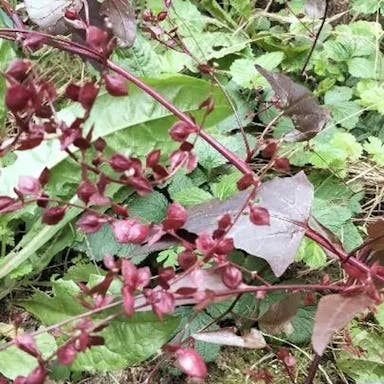Arabian cotton benefits from regular pruning to maintain its shape, promote new growth, and improve overall plant health. Pruning should be done in late winter or early spring before new growth emerges. Remove dead, damaged, or diseased branches first, followed by any crossing or overcrowded branches. Cut back one-third of the oldest branches to encourage new growth from the base. After pruning, clean tools with a disinfectant to prevent the spread of diseases. Dispose of pruned material properly to avoid contamination. Regular pruning will help Arabian cotton thrive and produce healthy foliage and flowers.
0
0












